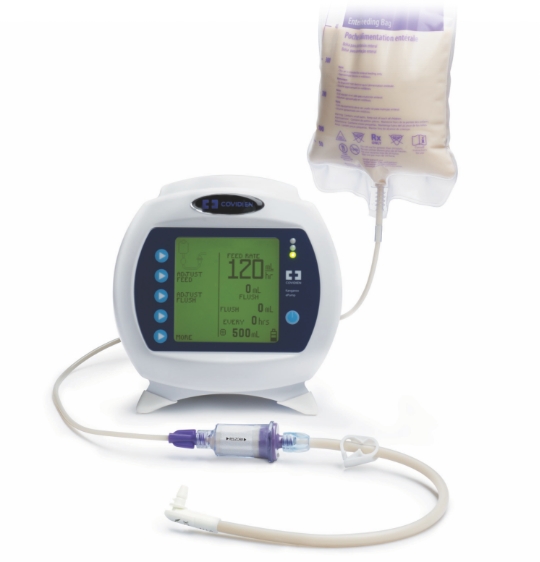See how Trenton manages pancreatic insufficiency living with cystic fibrosis
The importance of fats in proper nutrition and health
While fats are sometimes thought of as “bad,” they actually play an important role in proper nutrition and health. A balanced ratio of omega-6 to omega-3 fatty acids has been shown to reduce the risk of many chronic diseases and is beneficial in maintaining normal development and overall health.1 The inability to breakdown and digest fats is known as malabsorption.
Fat malabsorption can result in:2,3
- Not getting enough calories
- An inability to gain or maintain weight
- Weight loss
- Lower levels of some vitamins
- Fatigue
Fat malabsorption can look or feel like:2,3
- Stomach pain
- Gas
- Oily or foul-smelling stools
- An unusually full feeling in your stomach
- Feeling like you may throw up
Exocrine Pancreatic Insufficiency (EPI)
Fat malabsorption is associated with a health condition called exocrine pancreatic insufficiency (EPI), where the body does not produce enough digestive enzymes or produces digestive enzymes that do not work properly. Children are most vulnerable to the consequences of untreated EPI and a delayed diagnosis often results in growth and developmental issues in addition to poor quality of life.4
Types of digestive enzymes
There are three different digestive enzymes that break down foods into nutrients for your body to use—protease breaks down proteins, amylase breaks down carbohydrates, and lipase breaks down fats. A deficiency in lipase can lead to fat malabsorption and your body may need to get lipase from another source.
Protease
pronounced “pro-tee-ace”
breaks down proteins
Amylase
pronounced “am-a-lace”
breaks down carbohydrates
Lipase
pronounced “lie-pace”
breaks down fats
Conditions commonly associated with fat malabsorption and/or EPI:3,5
- Cystic fibrosis
- Acute/chronic pancreatitis
- Pancreatic and certain gastrointestinal cancers
- Trauma/critical care
- Short bowel syndrome
- Abdominal surgery
- Inflammatory bowel diseases
RELiZORB is formulated for enteral nutrition
In enteral formula, protein can be prepared in a form that is pre-hydrolyzed and available to be readily absorbed. However, pre-hydrolyzed fats in an absorbable form are not available in enteral formulas since they are not stable and spoil quickly.
RELiZORB connects directly to your feeding tube and is the only enzyme product designed to break down fats in enteral formula. The iLipase in RELiZORB is able to break down the triglycerides into an absorbable form (fatty acids and monoglycerides) before entering the body.

RELiZORB is intended to provide continuous fat hydrolysis during enteral feeding

If oral PERT are taken during enteral feedings, frequent and consistent PERT dosing is needed for ongoing hydrolysis

RELiZORB is intended to provide continuous fat hydrolysis during enteral feeding
If oral PERT are taken during enteral feedings, frequent and consistent PERT dosing is needed for ongoing hydrolysis


*Timing is based on volume and flow rate. A single RELiZORB cartridge can be used for up to 500mL of formula at a rate of 10-120 mL/hr. A tandem RELiZORB cartridge configuration can be used for over 500mL and up to 1000mL of formula at a rate of 24-120 mL/hour. Please see additional details in the Instructions for Use.
References
- Simopoulos AP. The importance of the ratio of omega-6/omega-3 essential fatty acids. Biomed Pharmacother. 2002 Oct;56(8):365-79.
- Blaauw R. Malabsorption: causes, consequences, diagnosis and treatment. S Afr J Clin Nutr. 2011;24(3):125-127.
- MedLinePlus Website. https://medlineplus.gov/ency/article/000299.htm. Accessed October 7, 2021.
- Sankararaman S, Schindler T, and Sferra TJ. Management of Exocrine Pancreatic Insufficiency in Children. Nutrition in Clinical Practice. 2019;34(1):S27-S42.
- Singh VK, Haupt ME, Geller DE, Hall JA, Quintana Diez PM. Less common etiologies of exocrine pancreatic insufficiency. World J Gastroenterol. 2017; 23(39): 7059-7076.
- Cystic Fibrosis Foundation. https://www.cff.org/managing-cf/enzymes. Accessed April 7, 2023.